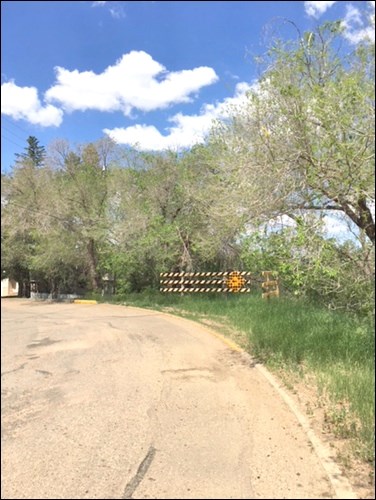What’s going on in your urban forest?
You have probably noticed many of the elm trees in the city have been looking sickly lately. They have a thin canopy with sporadic leafing. Is it Dutch elm disease? No. An insect infestation? No. Are they dying? No.
Every few years, elm trees put out this incredible crop of seed. They use so much stored energy to do it they can’t produce seed and leaves both.
So the tree prioritizes and perpetuating the species (seed production) trumps leaf production. Watch what happens now though.
As the elm seed ripens, turns brown and is blown off the tree, no more energy from the tree needs to go into seed production. Although the tree is stressed, the leaves become the new priority and poof, the leaves pop out, the canopy fills out and we get our green leaves and shade back. Normally.
Because the tree uses so much stored sugar to produce the seeds and doesn’t have many leaves at the same time to replace the sugar it used to produce the seed, it can leave the tree in a weakened state and open to infestation by insects, like aphids. So what is to be done? Nothing. It’s normal, it is the sex life of trees and it can be exhausting for them.
Some trees, I’ve noticed it in spruce in particular, put out huge crops of cones when they are stressed by drought. Since flower buds, that are required before seed production, are set in the current growing season, it is the following year’s seed crop that will be influenced even if the drought is over. It is a response to the threat from the environmental stress that triggers the tree to produce seed that will perpetuate its future existence.
I have a friend affectionately known as Mr. Information Head. He would say, “Well, how cool is that anyway, eh”.



